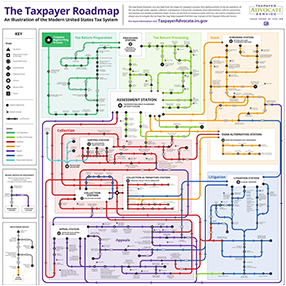What to Know About Traditional Individual Retirement Arrangements (IRAs)

Individual retirement arrangements (IRAs) are a type of personal savings arrangement that gives taxpayers a number of tax advantages when they set money aside for their retirement. There are a number of different types of IRAs, all of which can be set up with a bank, an insurance company, or another kind of financial institution. To learn more about IRAs and the tax-related obligations and benefits of having such an account, reach out to our legal team today.
Contributing to a Traditional IRA
To contribute to a traditional IRA, the account holder must have taxable compensation, like wages, a salary, or net income from self-employment. Compensation, for the purpose of contributing to an IRA does not, however, include things like earnings and profits from real estate rental income, dividend income, or amounts received as a pension. How much a person contributes to an IRA will dictate the types of deductions and credits for which he or she could qualify.
Deductions and Credits for IRAs
Taxpayers who invest in IRAs are often able to deduct some, or even all of their contributions to that account and may also be eligible for a tax credit that is equal to a percentage of the contribution. Amounts held in a traditional IRA account aren’t taxed until they are distributed, or withdrawn by the account holder. Furthermore, distributions that are made before an account holder reaches the age of 59 and one-half years old could be subject to an additional ten percent tax. While they cannot be owned jointly, any amounts remaining after an account holder’s death can be paid to a designated beneficiary. Call our office today for help calculating and claiming your own IRA deduction or credit.
Required Minimum Distributions
Taxpayers with traditional IRA accounts must take required minimum distributions (RMDs) every year starting the year they reach the age of 72 years old (or 70 and one-half years old for those who reached that age in 2019). The RMD that must be withdrawn is calculated using the IRA account balance on December 31st of the previous year and dividing that number by the applicable distribution period or account holder’s life expectancy. Taxpayers who don’t begin to make RMD withdrawals by April 1st of the year after they reach the age of 72 years old could be subject to an excise tax, which is calculated using Form 5329.
Schedule a Free One-on-One Case Review Today
Our firm has been helping taxpayers address their tax-related questions and concerns for more than 40 years and so are well-versed in a variety of state and federal tax matters. If you have questions about the tax implications of your own investments, don’t hesitate to call CPA, former FBI Special Agent, and experienced Florida tax attorney Ronald Cutler, P.A. for advice. You can reach a member of our legal team to set up a free case review by calling our office at 386-490-9949 or by sending us an online message.
Sources:
irs.gov/taxtopics/tc451
irs.gov/pub/irs-pdf/i1040gi.pdf



